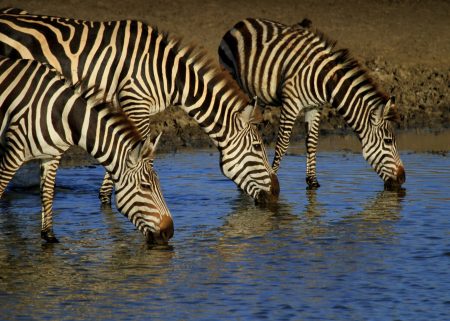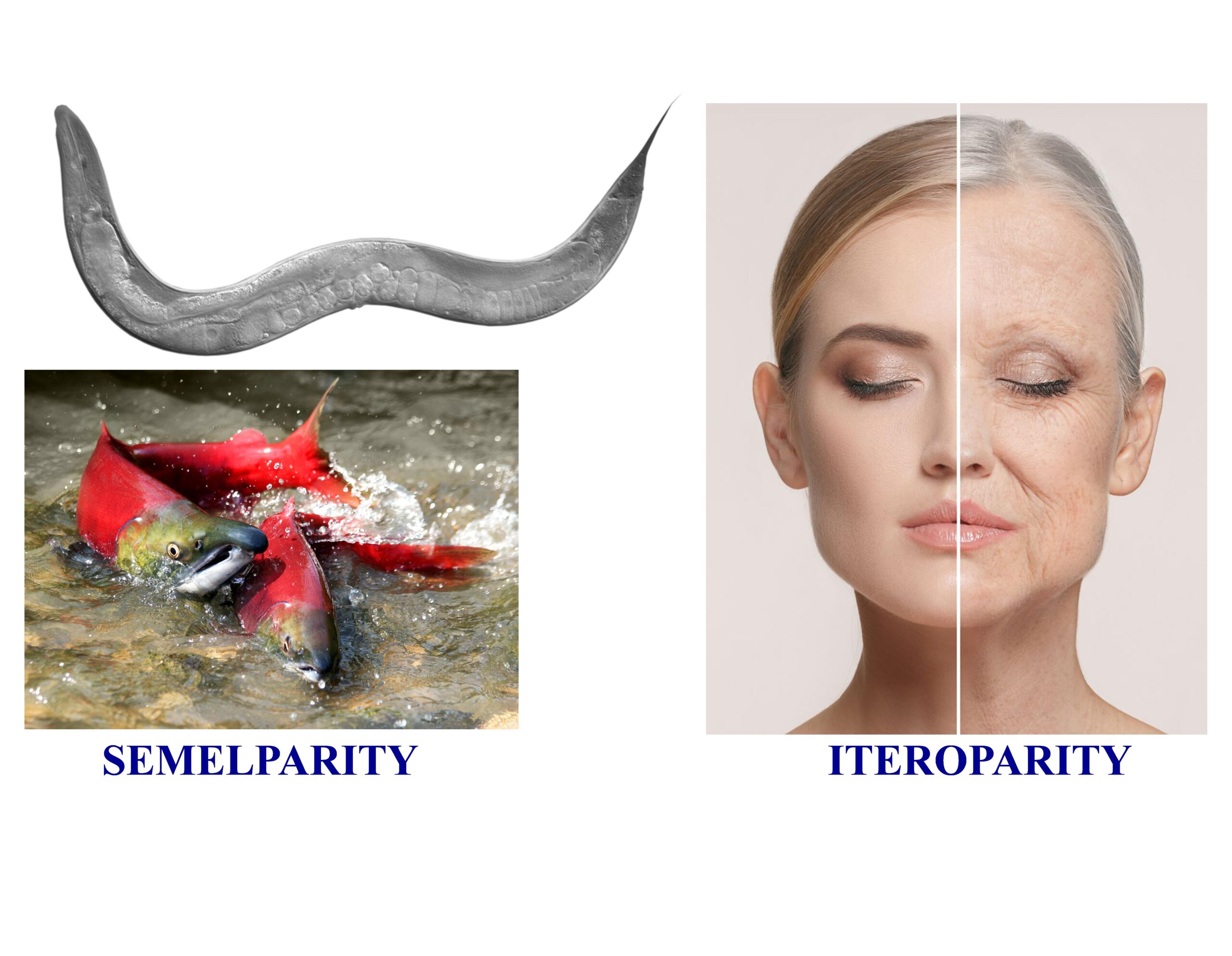This month we have Dr Aelys Humphreys speaking about the evolutionary significance of higher taxa.
Venue: Thursday 22nd May, 5pm, Medawar Building (G02 Watson Lecture Theatre) at UCL.
Above the Species: The Evolutionary Significance of Higher Taxa
Identifying biodiversity units is fundamental to studying how diversity evolves. Species are widely regarded to represent discrete, evolutionary units and the processes by which species are formed are well known from a rich body of theoretical literature. In contrast, and despite their historical status as natural entities, higher taxa (e.g. families and genera) tend not to be considered real, evolutionary units in the same way; processes that cause evolution of discrete groups above the species tend not to be considered.
In this talk we will consider how biodiversity is patterned above the species and how such patterns evolve. Using simulations we show that processes that cause evolution of discrete species, geographical isolation and ecological divergence, can cause evolution of discrete, independently evolving units above the species as well. Analyses of densely sampled phylogenies provide strong evidence for the existence of such units in both vertebrates and seed plants. In mammals they tend to correspond to the family level in traditional taxonomy, whereas in gymnospermous plants they tend to correspond to genera. The analytical framework and the findings we will present offer a new realm for studying diversity at broad scales and provide a crossroads between taxonomy and evolution currently lacking above the species.
Please share with your university networks.






